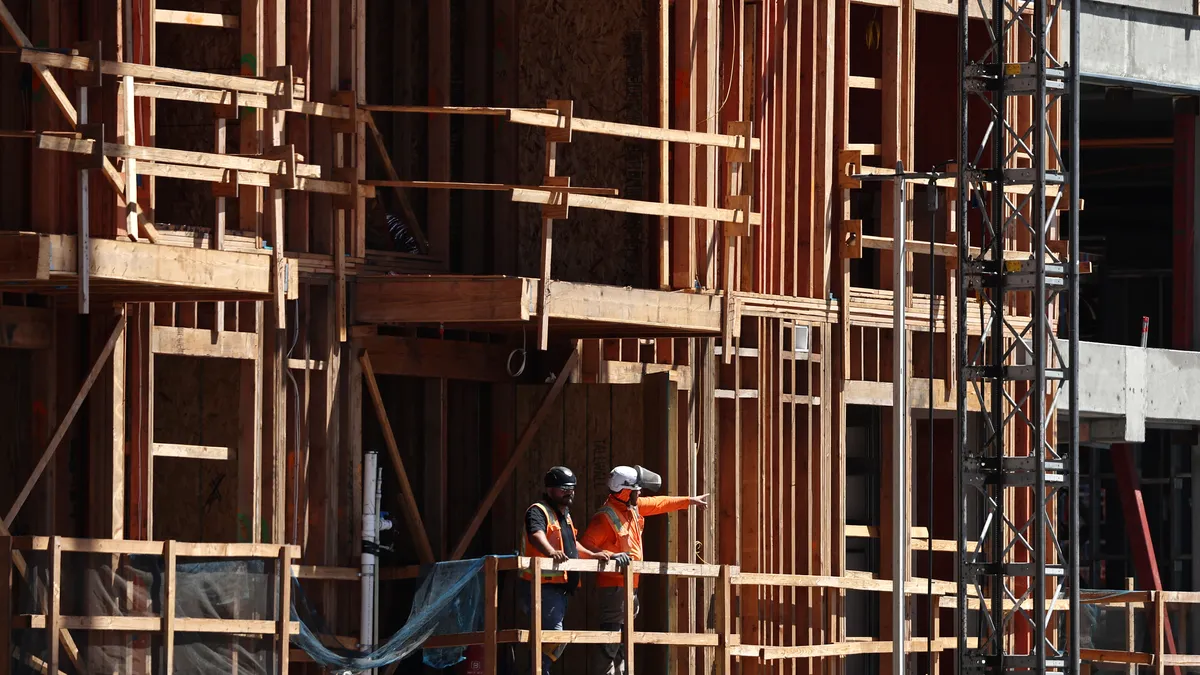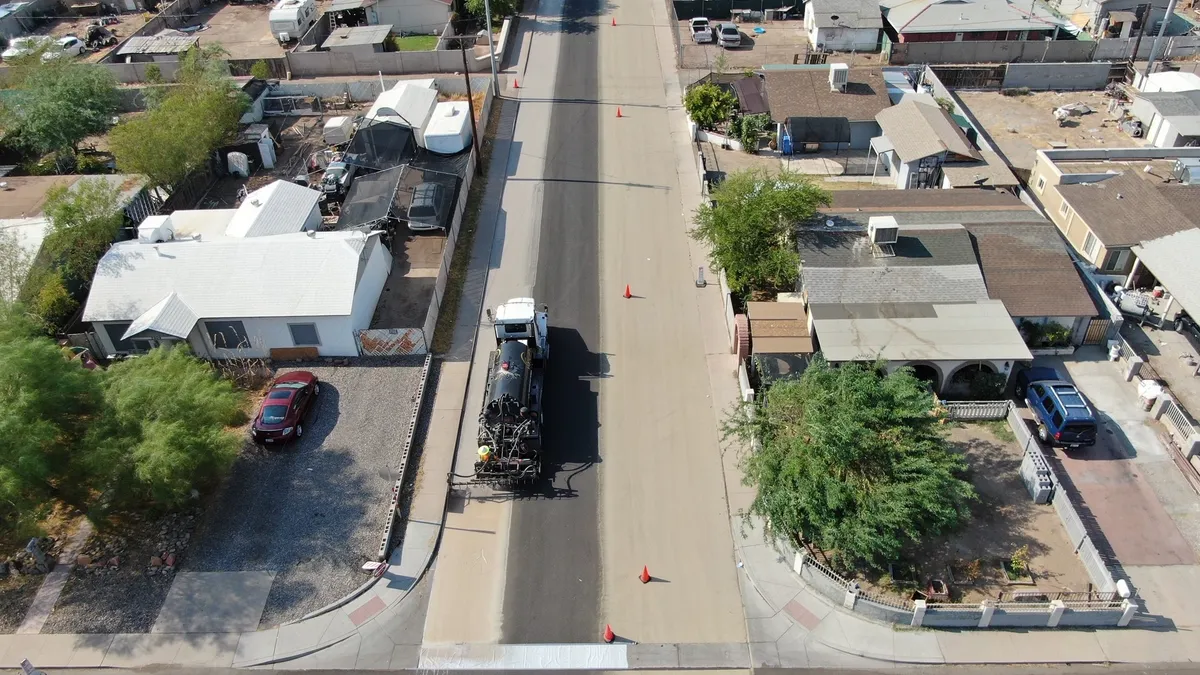Dive Brief:
- Some leaders in the "smart streetlight" industry are looking ahead to what the technology is capable of, while others say cities and localities must consider the costs associated and be more realistic about what they can afford and what will work in the real world.
- During a panel discussion at the Smart Cities Connect conference in Kansas City, MO, some of those pioneering such technology discussed the possibilities of connected streetlights, including the ability to dim them when no one is around, connect to them via Bluetooth to report car accidents, or have students connect to them through a smartphone app on a college campus if they are in an unsafe situation.
- There was some disagreement, as others said such technology would be more useful in helping cities be resilient, by keeping track of high winds, floods and traffic congestion. And, they said, that focus would be more cost effective in the long-term.
Dive Insight:
Among the panelists, there was clearly some excitement about the overall potential for connected streetlights.
"I think the future of lighting isn't the technology, it's how do we solve problems that are unique to each city?" Chris Davis, vice president for smart cities and strategic solutions at CIMCON Lighting, Inc., said.
And the possibilities for innovation appear to be endless. Davis referenced an app connected to streetlights on some college campuses that students can use to alert campus security to an issue while simultaneously brightening lights. And Tre Zimmerman, CTO of Ubicquia, said that Bluetooth technology could enable smartphones to link up with streetlights to report traffic accidents or even something as mundane as potholes in the street.
"This market is evolving," Charlie Nobles, marketing director of network lighting solutions at Sensus, said. "It's exciting or very scary, depending on what your risk profile is."
Some were unconvinced at using streetlights for this kind of innovation, and instead suggested it be used primarily as a way for cities to monitor infrastructure and keep costs down in contracts with providers. In an interview after the panel discussion, Jack Hanley, vice president of sales in North America for Telensa, said the business case must make sense for cities if they want to use streetlights to allow residents to connect to Wi-Fi, for example. Often, he said, cities like the idea of such a program but are reluctant to be saddled with the costs or the responsibilities of managing it through their IT department. "Yes, there's much we can do, but who's going to pay for it?" he said.
Instead, he pointed to Telensa's work with sensors in monitoring all manner of events, like high winds and traffic jams, which can be monitored by sensors mounted on light poles. Those events can be tracked by city leaders on an online dashboard, allowing them to save money by keeping track of issues in one place, and also hold contractors to account.
"It's just good business. It's not sexy, but it makes good business sense," James Monighan, Telensa's vice president of product management, told Smart Cities Dive. "The sexy stuff is nice, but it's not going mainstream, it's not making money."











